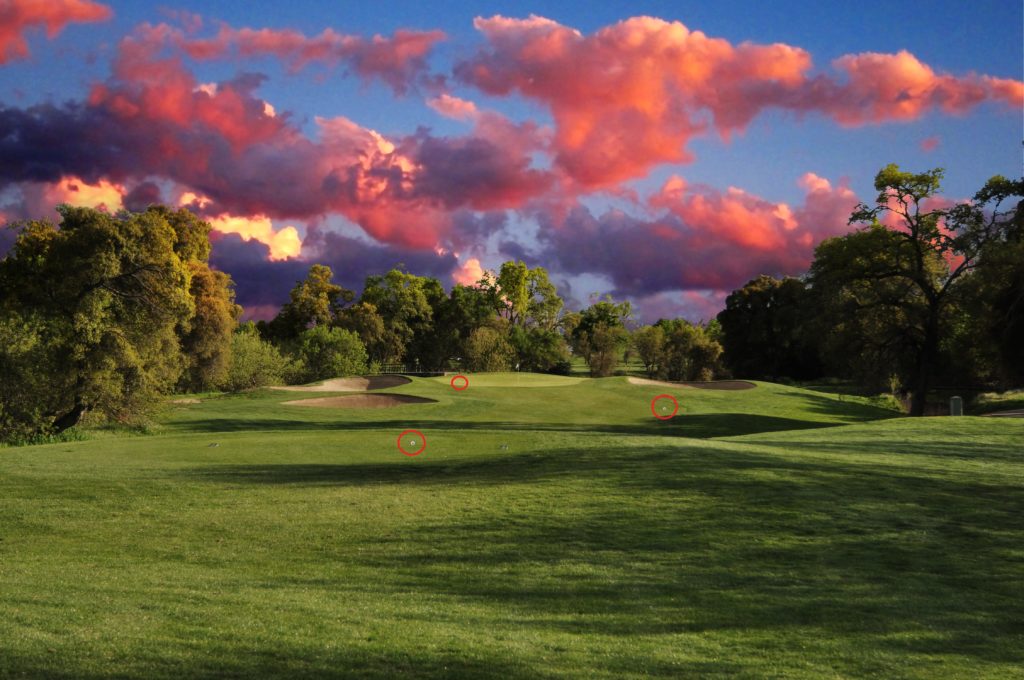Golf balls are now available in a wide assortment of colors. Volvik for example currently sells their Volvik Vivid balls in 11 different colors. Likewise, nearly every manufacturer is expanding the range of colors and finishes of their golf balls. Which of these colors is easiest to see through? Out on the course which color will be the easiest to locate? To answer these questions we need to take a look at how the human eye works.
The human eye detects light through the use of different photoreceptors. These photoreceptors come in two main types. These types are rods and cones. Since we are talking about color, that will only concern the cones in the eyes. These cones detect higher light levels, which enables us to see different colors. It detects colors by sensing the different wavelengths of light. Interestingly, there are more colors that exist than the ones we can see. One of the most common is ultraviolet light, which is too high a frequency for the human eye to detect. Nonetheless, all the visible colors of the rainbow from red to violet are visible thanks to cones.
There are also different types of cones. These types include short-wavelength, middle-wavelength, and long-wavelength-sensitive cones. Each of these is better able to “see” their corresponding wavelength of light. Each type of cone is most sensitive to a certain peak frequency of light. However, that peak frequency is different for every person. For example, the long-wavelength cone is best at seeing long wavelength colors like red, yet each person may be best at seeing a slightly different shade of red. Additionally, not only are everyone’s’ cones slightly different, but people also carry different amounts of each type.
To further complicate the matter, the human brain can interpret the same color differently. Even if the human brain is sent two identical colors, it may interpret them differently depending upon the surrounding colors. In the example below, the right circle most likely appears darker than the left circle. In reality, both circles are the exact same color. The human brain processes the “color” of each circle differently depending on the background color. At first, it may seem like the human brain is bad at processing colors. Its flaws enable optical illusions like the one below. However, it is extremely helpful. For example, the post-processing is able to eliminate the two blind spots in human vision that result from the optic nerve. It also allows us to determine real colors in extreme low and high light.

All of these factors culminate to mean that each person sees and interprets colors slightly differently. These differentiations have allowed for viral images like the “black and blue or white and gold dress” from a few years ago. It also means that the exact color of the ball you’ll find most visible may be unique to you. It will not only depend on the way your eyes and brain see colors but also on the time of day and the specific color of grass on the golf course.
As I have said before, we here at Haggin Oaks recommend getting a dozen golf balls of various colors and patterns and taking them out to find which ones work the best for you. To expedite that process, we have inserted every color option for the Volvik Vivid golf ball into an image below. You can go through the images and get an idea of which color ball is easiest for you to see.













What Color Golf Ball Is Easiest to See? Genuine Golfers - Genuine Golfers
[…] Color Golf Ball Is Easiest to See? Well, the answer is green and yellow balls are easiest to see. You can see these balls in all weather conditions. So choose the perfect ball for your gameplay […]